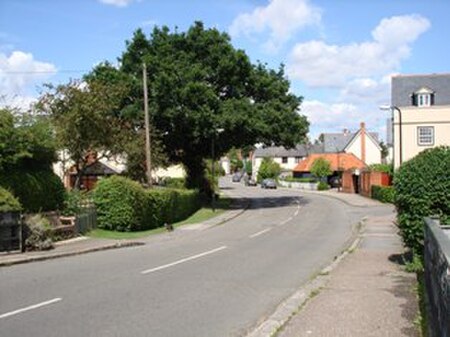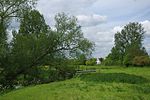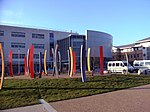Little Waltham

Little Waltham is a village and civil parish just north of Chelmsford, in Essex, England. It is adjacent to the village of Great Waltham. The Domesday Book refers to the two villages as Waltham, consisting of several manors. The site of an Iron Age village was excavated before upgrading the main road north between the current villages. The village straddles the River Chelmer. Its main street has a number of old houses near the bridge, notably a rare Essex example of a Wealden hall house, now divided into three cottages. A footpath leads south alongside the river to an Area of Outstanding Natural Beauty, part of which is a nature reserve. The countryside is under continued threat from housing and road development.
Excerpt from the Wikipedia article Little Waltham (License: CC BY-SA 3.0, Authors, Images).Little Waltham
Braintree Road, Chelmsford Little Waltham
Geographical coordinates (GPS) Address Nearby Places Show on map
Geographical coordinates (GPS)
| Latitude | Longitude |
|---|---|
| N 51.8 ° | E 0.4833 ° |
Address
Braintree Road
Braintree Road
CM3 3LB Chelmsford, Little Waltham
England, United Kingdom
Open on Google Maps








